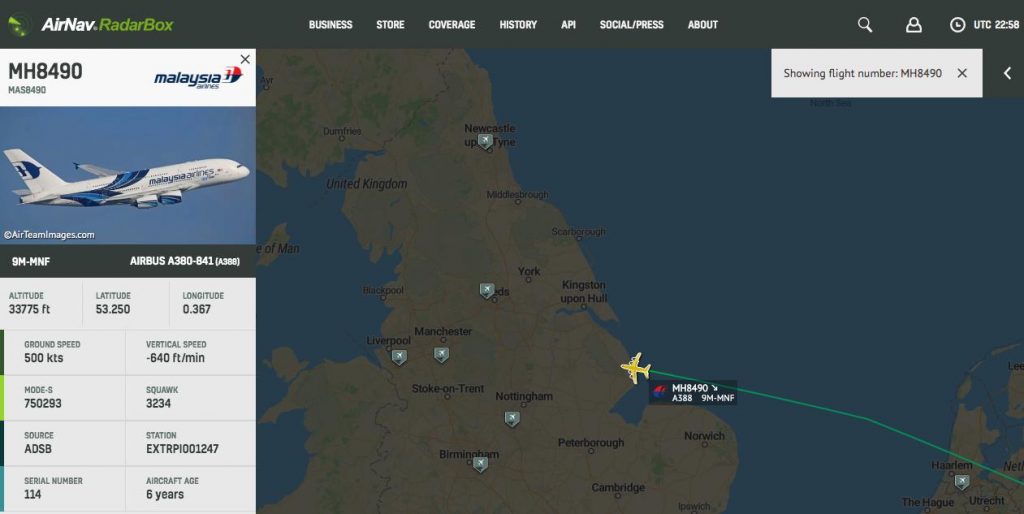
For the second time in the space of two years, the Civil Aviation Authority was secretly putting together its own rescue airline.
With non-disclosure agreements signed, and handling firms and airline operations teams sounded out in commercial confidence, CAA officials in the Canary Wharf HQ had laid out a plan for almost 50 planes to plug the gaps.
It would take at least 48 hours to get alternative aircraft into position to run the Thomas Cook schedule – and that meant paying out for an entire shadow operation even though the airline could, conceivably, still be taking passengers on Monday.
But the alternative to shelling out millions on substitute planes now was for the first group of Thomas Cook passengers – some 16,000 were due to fly home daily – to be stranded until Wednesday or longer.
At a minimum, that would spell uncertainty and rack up hotel bills that the CAA – under Atol – would have to eventually cover. At worst, if passengers lacked accommodation, it could spell overcrowding in airports, panic and the spectre of public disorder.
The button was pressed and a comprehensive website of information, matching each doomed Thomas Cook inbound flight, set to go.
Volunteers at the CAA – many who had worked through the Monarch collapse in 2017 – were contacted individually on Sunday, and posted to Gatwick and other airports around the country for 2am on Monday, ready for the announcement of Thomas Cook’s liquidation.
On Sunday night, that Malaysian Airlines A380 touched down in Manchester, part of a worldwide safety net that had brought in charter planes from the US, Canada and Portugal.
Some of the contracting was straightforward: the likes of Titan Airways and Hi-Fly exist to regularly fill gaps in the scheduled airline market. They are extra planes, with pilots and crew, for hire by big names when circumstances demand.
Others also stepped in to the breach, exceptionally for Matterhorn: easyJet will devote one of its 14 A320s on standby for the rescue flights, while Virgin and BA made rows of transatlantic seats available for the CAA alone.